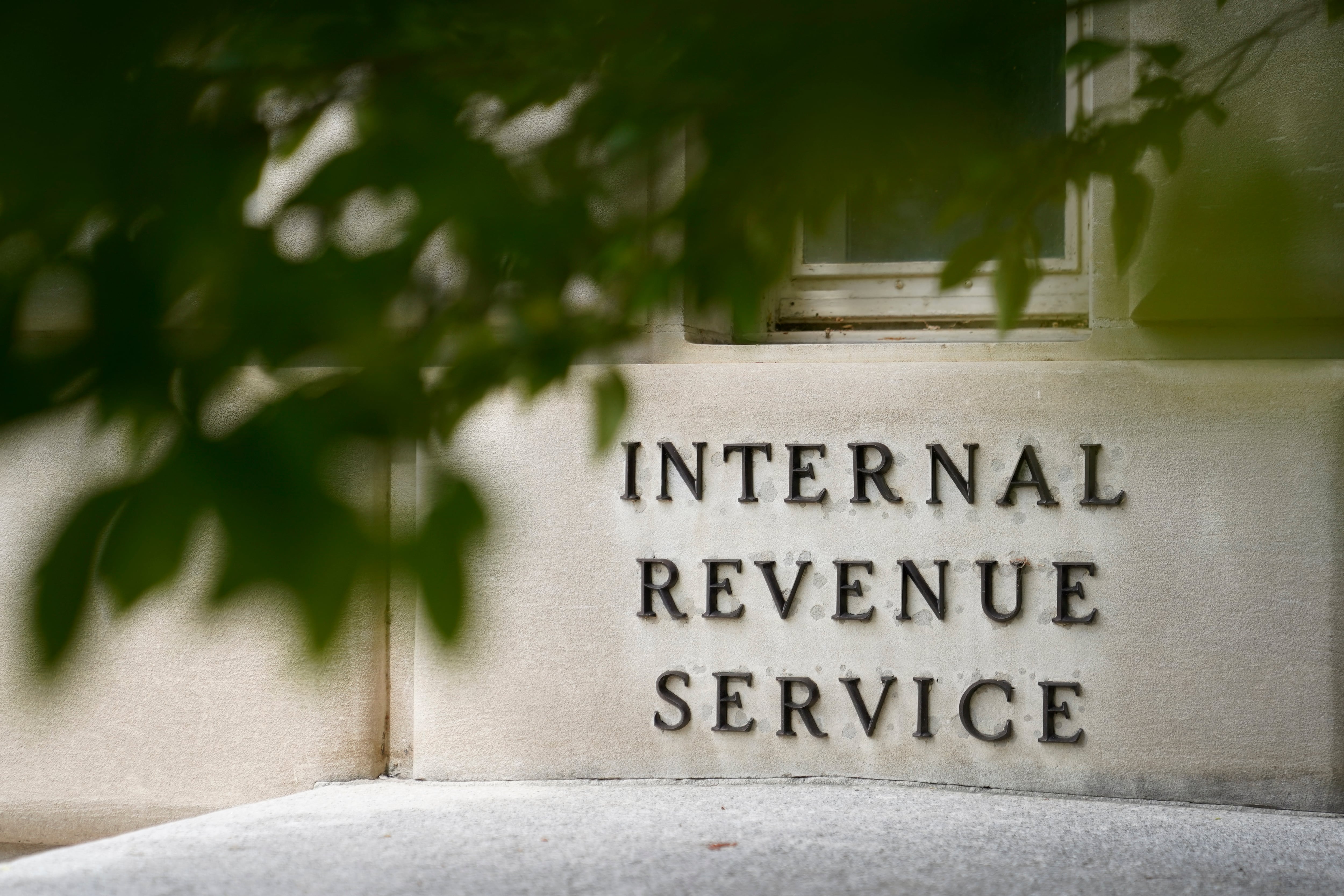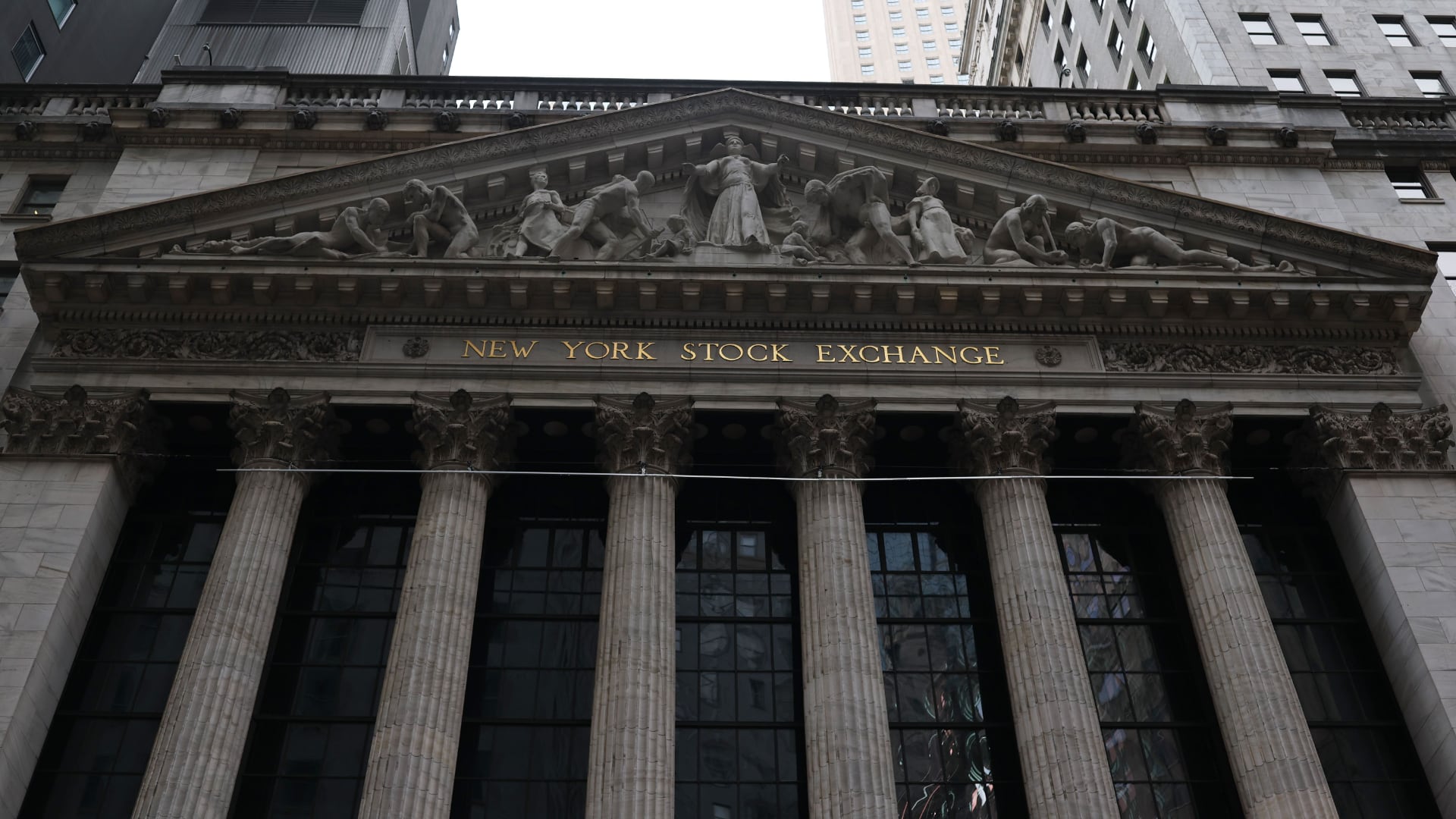By Christopher Rugaber
U.S. consumer inflation eased in March, with less expensive gas and food providing some relief to households that have struggled under the weight of surging prices. Yet prices are still rising fast enough to keep the Federal Reserve on track to raise interest rates at least once more, beginning in May.
The government said Wednesday that consumer prices rose just 0.1% from February to March, down from 0.4% from January to February and the smallest increase since December.
Measured from a year earlier, prices were up just 5% in March, down sharply from February’s 6% year-over-year increase and the mildest such rise in nearly two years. Much of the drop resulted from price declines for such goods as gas, used cars and furniture, which had soared a year ago after Russia’s invasion of Ukraine.
Excluding volatile food and energy costs, though, so-called core inflation is still stubbornly high. Core prices rose 0.4% from February to March and 5.6% from a year earlier. The Fed and many private economists regard core prices as a better measure of underlying inflation. The year-over-year figure edged up for the first time in six months.
As goods prices have risen more slowly, helping cool inflation, costs in the nation's services sector — everything from rents and restaurant meals to haircuts and auto insurance — have jumped, keeping core prices elevated.
“It's comforting that headline inflation is coming down, but the inflation story has had some shifts under the hood in the last couple of years,” said Sonia Meskin, head of U.S. economics at BNY Mellon's investment division. “Overall inflation still remains much too strong.”
Even so, the March data offered some signs that suggest inflation is slowly but steadily headed lower. Rental costs, which have been one of the main drivers of core inflation, rose at the slowest pace in a year. And grocery prices fell for the first time in 2 1/2 years.
Grocery prices dropped 0.3% from February to March. The cost of beef fell 0.3%, milk 1% and fresh fruits and vegetables 1.3%. Egg prices, which had soared after an outbreak of avian flu, plunged nearly 11% just in March, though they remain 36% more expensive than a year ago.
Despite last month’s decline, food costs are still up more than 8% in the past year. And restaurant prices, up 0.6% from February to March, have risen nearly 9% from a year ago.
Paul Saginaw, who owns Saginaw’s deli in Las Vegas, said nearly all the costs of a Reuben sandwich — his most popular — including corned beef, cheese and bread, have soared. He charges 10% more for a Reuben than he did 2 1/2 years ago, although he said “our costs have gone up a lot more” than that.
Saginaw is also paying more for paper goods and packaging, just as takeout and delivery orders have become a much bigger part of his business. One clamshell-style food container has jumped from 43 cents apiece to 98 cents.
“Everything we use has gone up,” he said.
Rich Pierson, a semi-retired owner of a financial planning business who was shopping this week at Doris Italian Market and Bakery in North Palm Beach, Florida, said high restaurant prices have led him and his wife to eat much more at home.
“We cook more at home than we ever have due to the rising costs,” he said. “You do look for the occasional deals and add value when you can — that’s for sure.”
Gas prices fell 4.6% just from February to March, a drop that partly reflected seasonal factors: Prices at the pump usually rise during spring. Gas costs have tumbled 17% over the past year.
Yet price increases in the service sector are keeping core inflation high, at least for now. That trend is widely expected to lead the Fed to raise its benchmark interest rate for a 10th straight time when it meets in May.
Travel costs are still rising as Americans make up for lost vacation time during the pandemic. Airline fares rose 4% from February to March and are up nearly 18% in the past year. Hotel prices jumped 2.7% last month and are up 7.3% from a year ago.
Among the biggest drivers of inflation has been rental costs, which make up one-third of the government's consumer price index. Rental costs rose 0.5% from February to March. Though still high, that was the smallest such increase in a year.
According to Wednesday's government report, rents have risen by about 9% from a year ago. Yet Apartment List, which tracks real-time changes in new leases, shows rents rising at a 2.6% annual pace. As more apartments reset with those smaller increases, the government’s inflation data should show milder increases in coming months.
“It's something that's certainly coming, there has been some moderation in rents,” said Mark Vitner, chief economist at Piedmont Crescent Capital.
Fed officials have projected that after one additional quarter-point hike next month — which would raise their benchmark rate to about 5.1%, its highest point in 16 years — they will pause their hikes but leave their key rate unchanged through 2023. But officials have cautioned that they could raise rates further if they deem it necessary to curb inflation.
When the Fed tightens credit with the goal of cooling the economy and inflation, it typically leads to higher rates on mortgages, auto loans, credit card borrowing and many business loans. The risk is that ever-higher borrowing rates can weaken the economy so much as to cause a recession.
On Tuesday, the International Monetary Fund, a 190-nation lending organization, warned that persistently high inflation around the world — and efforts by central banks, including the Fed, to fight it — would likely slow global growth this year and next.
There are other signs that inflation pressures are easing. The Fed’s year-long streak of rate hikes are also starting to cool a hot labor market, with recent data showing that companies are advertising fewer openings and that wage growth has been slowing from historically elevated levels.
A more worrisome trend is the possibility that banks will pull sharply back on lending to conserve funds, after two large banks collapsed last month, igniting turmoil in the United States and overseas. Many smaller banks have lost customer deposits to huge global banks that are perceived to be too big to fail. The loss of those deposits will likely mean that those banks will extend fewer loans to companies and individuals.
Some small businesses say they are already having trouble getting loans, according to a survey by the National Federation for Independent Business. The IMF said Tuesday that pullbacks in lending could slow growth by nearly a half-percentage point over the next 12 months.
A slowdown in the economy could cool inflation and as a result would help the Fed achieve its objectives. But the blow to the economy might prove larger than expected. Under the worst-case scenario, it could mean a full-blown recession with the loss of millions of jobs.
___
Associated Press Video Journalist Cody Jackson contributed to this report from North Palm Beach, Florida.
Corrects location of Doris Italian Market and Bakery to North Palm Beach, Florida.













